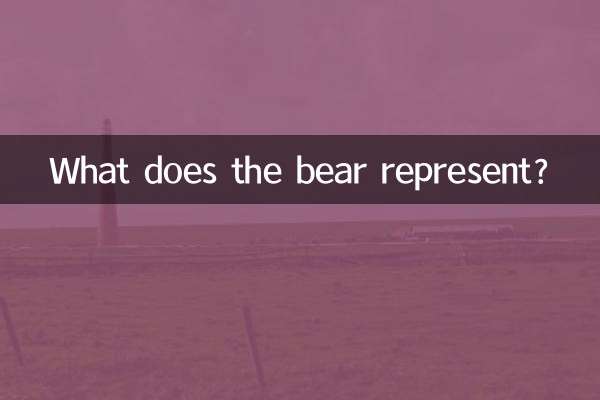Testing when you will die: An analysis of hot topics from science to metaphysics
Recently, "test when you will die" has become a hot topic on social platforms, triggering widespread discussion. From scientific predictions to metaphysical fortune-telling, netizens are trying to uncover the secrets of life length. This article will combine the hot data of the entire network in the past 10 days to analyze the logic and trends behind this phenomenon.
1. Statistics on hot topics

| platform | Amount of related topics | Maximum heat value | Main discussion direction |
|---|---|---|---|
| 128,000 | 120 million | Life calculator, AI prediction | |
| Tik Tok | 85,000 | 86 million | Fun tests, metaphysical divination |
| little red book | 52,000 | 43 million | health life assessment |
| Zhihu | 36,000 | 28 million | Scientific basis analysis |
2. Inventory of mainstream forecasting methods
1.Scientology: Life Calculator
Based on medical statistics and artificial intelligence algorithms, the life expectancy range is given by inputting factors such as age, gender, and living habits. Many health apps have recently launched similar functions, and user participation is extremely high.
| calculation factor | influence weight | Adjustability |
|---|---|---|
| genetic factors | 30% | Not adjustable |
| eating habits | 25% | adjustable |
| Movement frequency | 20% | adjustable |
| environmental quality | 15% | Partially adjustable |
| mental state | 10% | adjustable |
2.Metaphysical School: Death Clock Test
An interactive test that has become popular on short video platforms generates a so-called "countdown to death" by answering 10 "soul questions." Although the entertainment nature is obvious, due to its mystery and topicality, the number of participating users has exceeded 30 million.
3.Eclectic: Lifespan Prediction Questionnaire
Simplified assessment tools that combine medical research and statistical methods are mostly issued by medical institutions. A version recently released by a tertiary hospital received 500,000+ fill-ins within 24 hours.
3. The social psychology behind the phenomenon
1.Concrete expression of death anxiety
In the post-epidemic era, people's attention to the length of life has increased significantly. Through quantifiable predictions, you can transform abstract anxiety into concrete numbers and gain some sense of control.
2.Alternative awakening of health awareness
Data shows that 37% of users started to change their bad habits after participating in the test, indicating that this topic objectively promotes the spread of health concepts.
3.Interesting interactions with social attributes
Among younger people, sharing test results has become the new social currency. The joking interaction of "live longer than anyone else" relieved the heaviness of the topic.
4. Expert opinions and rational reminders
| Expertise | Main point | suggestion |
|---|---|---|
| medical expert | The error rate of the existing prediction model is about ±7 years | Focus on modifiable health factors |
| psychologist | Excessive focus on time of death may trigger anxiety | keep a moderate distance |
| data scientist | AI predictions require decades of tracking data to support | Treat short-term forecasts rationally |
Conclusion:Whether it is out of curiosity or thinking about life, the craze of "measuring the time of death" reflects contemporary people's concern for the quality of life. But it needs to be clear that any prediction is just a game of probability, and what really matters is living in every moment of the present. As one netizen put it wonderfully: "Knowing the end point is to better appreciate the scenery along the way, rather than staring at the odometer anxiously."

check the details

check the details